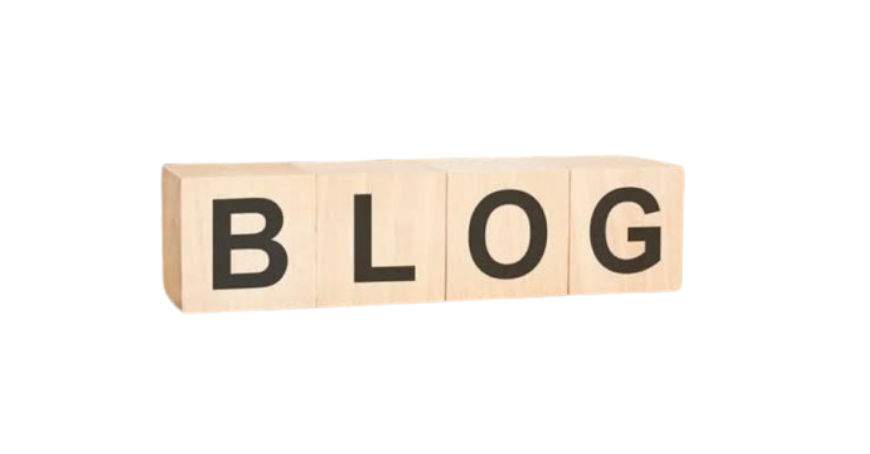It can be enjoyable and instructive to teach children the value of recycling. Introduce the benefits of recycling to the environment, waste reduction, and resource conservation.
Read also Revolver News
To make learning interesting, incorporate interactive tasks like sorting games. Include realistic examples to illustrate the trash management process, such as going to a disposal centre or hiring a Skip Hire Walkden service. To reinforce good behaviour, encourage children to take part in home recycling and give them rewards for their efforts. Children who incorporate recycling into their everyday lives will form lifelong eco-friendly behaviours.
Recognizing Recycling
Define recycling first. Recycling is the process of gathering, separating and making new products from materials, which are looked at as waste. Help children differentiate between recyclable articles and those that cannot be recycled. Provide samples of items that are recyclable, for instance, cards, papers, jars, metal, and some categories of plastics. To increase the level of context relevance, it is recommended to use examples with activities or illustrations.
The Significance of Recycling
After that, discuss on impact of recycling. Explain how a political entity benefits from recycling particularly the natural capital used in the production of new products like water, minerals and trees. Emphasize that recycling assists in reducing the amount of garbage that goes to landfills and in so doing assists in reducing the emission of greenhouse emissions and contamination.
Discover Recycling Symbols
Typically seen on the back of packets, recycling emblems indicate whether or not an item is suitable for disposal. But do children understand what they mean? This is an excellent chance to educate them on the various kinds of recyclable materials and their multiple uses. Organize a kind of quiz where children will have to find recycling symbols on objects such as bottles, cans, and paper products. You can also test them on the meanings of the various symbols.
Sort and Recycle
Sorting is the initial step of waste disposal and this is the best activity in which a child can be taught how to sort materials that can be recycled from those that cannot be recycled. First of all, provide special bins for separate waste collection; for example, for glass, aluminium cans, paper, and plastics. Then, collect other items they categorize as recycling including cans, plastic bottles, newspapers and magazines. Children will learn the value of reusing and decreasing waste through this exercise.
Construct Recycling Bins
Allow your children to decorate a couple of various recycle boxes. While kids are decorating the containers with some “upcycled” art supplies, explain to them that some things, like paper, plastic, and cans, belong in different bins. Give them each a photo of an object to put on it and some trash to sort through. When recyclables arrive at the neighbourhood recycling centre, this facilitates their more effective processing.
Field Visits
Plan field tours to nearby landfills or recycling facilities. For kids, witnessing the recycling process in action may be a moving experience. They can witness the sorting, processing, and creation of novel substances from waste. They can learn about the effects of garbage and the value of minimizing what we throw away by visiting a waste facility. The ideas of recycling become more tangible and significant as a result of these real-life experiences.
Do-It-Yourself Recycling Projects
Engage children in the setup and upkeep of a recycling program at home. Allow kids to participate in choosing the location and labelling of the recycling containers. Motivate them to be in charge of separating recyclables in the home. Their practical abilities are imparted and their recycling habit is strengthened through this hands-on participation.
Including Recycling in Daily Living
Recycling needs to be ingrained in daily life, whether at home or even at school. Establish patterns of how one gathers, sorts, and disposes of the recyclable and the garbage. To reduce the amount of littering; some of the ideas include; encouraging the use of reusable products in the form of water bottles, lunch boxes and shopping bags.
Establish a Recycled Garden
Another excellent option to repurpose items and teach children about recycling is to establish a recycled garden. Composting may be created from food waste, and children can learn how to use it to care for plants. Urge kids to utilise repurposed receptacles such as old milk bottles, tin cans, or even toilet paper rolls for sowing their seeds or saplings.
Final words
Teaching children how to recycle is important to cultivating an environmentally friendly society. In this case, children may develop an appreciation of recycling and care for the environment, through fun activities or subjects, materials, or through participation in the community. We enable the next generation to positively impact the state of our world by encouraging them to recycle on an ongoing basis. The knowledge they gain now will contribute to creating a future world that is more ecological.
Read more articles for vital-mag

